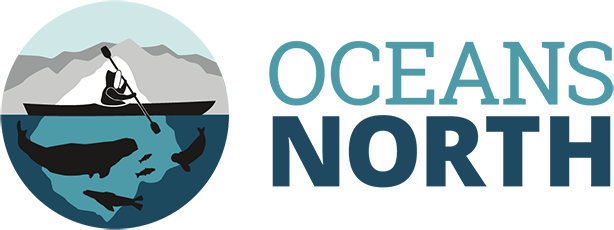Management Measures for Redfish Offer Opportunity to Implement Best Practices
June 12, 2024
On May 31, after a three-decade moratorium and following years of consultations with harvesters, rightsholders, and stakeholders, Fisheries and Oceans Canada (DFO) released the management plan for the reopened commercial redfish fishery.
While the 60,000-tonne quota this year is higher than Oceans North had recommended, we are pleased that the management plan offers a comprehensive suite of management and monitoring measures that can be considered best practice for this and other fisheries.
Oceans North staff have been active stakeholders on redfish since 2019, attending all advisory processes and science meetings. We have provided concerns, support, and advice regarding population assessments, as well as the value of harvested fish and the potential for bycatch.
Of most concern to Oceans North, as well as to several harvester groups, was the bycatch of vulnerable and high-value species, including but not limited to Atlantic halibut. The management plan addresses the majority of these issues. For example, there will be bycatch caps put in place for some depleted Gulf of St. Lawrence stocks with rebuilding plans, including 3Pn4RS cod, 4T white hake and 4TVn cod. If these caps are exceeded, the fishery could be shut down. There will also be restrictions placed on depth and gear types in an effort to reduce bycatch, as well as closed areas to protect juvenile groundfish and established coral and sponge conservation areas.
These management policies will be accompanied by strong monitoring measures, including 100 percent at-sea observer coverage for vessels larger than 100 feet and 100 percent dockside monitoring for all vessels. Fishers will be required to report their catch daily, with electronic logbooks for all inshore licence holders and an electronic monitoring pilot program also being put in place.
Oceans North had previously called for a quota to be no higher than 25,000 tonnes, as was initially announced, rather than the one-year quota of 60,000 tonnes. However, if the above management and monitoring measures are implemented in full, there is a greater chance that this level of removals won’t negatively impact the wider ecosystem. From our perspective, this is one of the first times DFO has implemented its sustainable fisheries policies to such a full extent.
At the same time, concerns remain about the long-term viability of the fishery. While the current biomass is high, the stock is no longer expected to grow, and fish failed to reach the normal size of sexual maturity and preferred market size. These economic and environmental issues further underscore the need for caution as the fishery re-opens.
For more information, please contact:
Alex Tesar
Communications Manager
Oceans North
[email protected]
